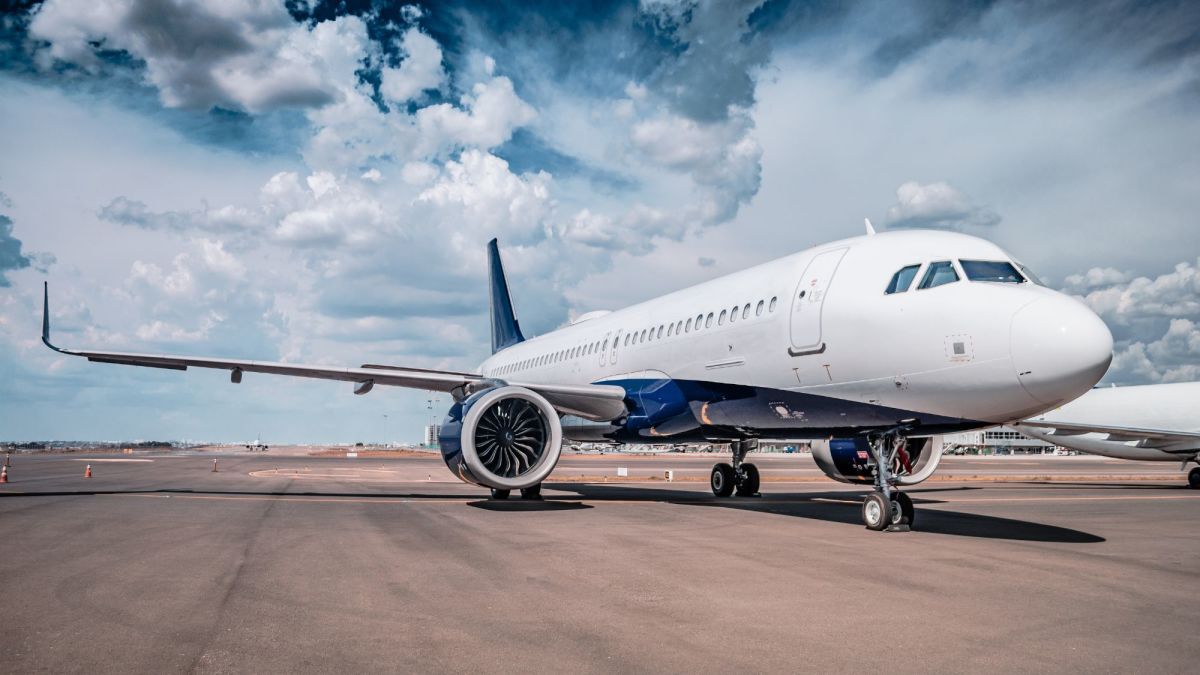Flying to ever-more some distance-flung clinical meetings and places does not make you an extra effective scientist with better citations in your papers. That is the declaration of a take look that examines the connection between air-journey emissions and diverse measures of academic success. Research by researchers at the University of British Columbia (UBC) in Canada suggests that teachers can reduce flying without fear that it will impact their instructional output.
Scientists journey for plenty of motives, including wearing out experiments, attending conferences, giving lectures, and traveling with colleagues — all of which might be considered crucial for instructional success. However, researchers are questioning the cost of such a tour more and more. “Academics generally fly a lot, and we dwell in a carbon-restricted world,” says UBC researcher Seth Wynes. “There is a confined amount of carbon we will place into the surroundings if we need to live within a secure temperature for our planet, so we must reduce how much we fly.”
 To measure the effect of frequent flying on academic fulfillment, Wynes and co-workers looked at the travel of 700 lecturers from eight UBC departments over an 18-month length. The information from the tour-request bureaucracy supplied the team with details, including trip length, airport codes, a wide variety of flights in a ride, the price of ticket magnificence, and the tour’s purpose. This information additionally allowed the researchers to estimate the greenhouse gasoline emissions for each trip.
To measure the effect of frequent flying on academic fulfillment, Wynes and co-workers looked at the travel of 700 lecturers from eight UBC departments over an 18-month length. The information from the tour-request bureaucracy supplied the team with details, including trip length, airport codes, a wide variety of flights in a ride, the price of ticket magnificence, and the tour’s purpose. This information additionally allowed the researchers to estimate the greenhouse gasoline emissions for each trip.
The most difficult journey became to wait for meetings (60%), with the relaxation labeled as being fieldwork (sixteen%), miscellaneous and unreported purposes (13%), college commercial enterprise (6%), and lectures (5%). The group classed 5–10% of the air tour as avoidable, including an equal-day return, a one-night time long-haul ride, or a brief trip that would have used other delivery modes. Up to 1 / 4 of journeys were considered to have produced avoidable emissions, both because the air tour became avoidable or because teachers sat in a category higher than the economy (Journal of Cleaner Production 226 959).
A cultural shift
When the researchers compared the academic performance of 128 lecturers — for whom the vital statistics become to be had — with their work-associated air-journey emissions, they determined no dating among emissions and the writer’s “h-index” – a measure of a researcher’s productiveness and impact in their guides. Moreover, no connection is observed even if the h-index is adjusted for academic age and discipline. There was also no correlation between air travel and the common variety of authors on a paper – commonly taken as a sign of collaboration.
However, there became a difference when the h-index adjusted for instructional age and field for complete-time college that appeared to have no longer flown in any respect throughout the look-at period. “We observed that researchers in our pattern who didn’t fly in any respect had decreased scholarly outputs than those who did fly, but among individuals who did fly – once you took as a minimum one journey in our 18-month pattern – then there was no relationship, making five trips became no longer better than one,” says Wynes.
Wynes informed Physics World that he doesn’t think the work suggests that academics can not attend meetings but that numerous journeys might be needless. “It is probably that we can escape with fewer journeys – we can reduce our emissions – and nevertheless be successful,” he says. As properly as a cultural shift among academics, Wynes says that establishments can also help reduce flying by taking steps that include offering higher video-conferencing systems, software programs, and centers and converting advertising necessities to make certain they’re not incentivizing global trips. “A lot of establishments are already taking progressive movement on this,” he provides. “It could be exciting to look.”










